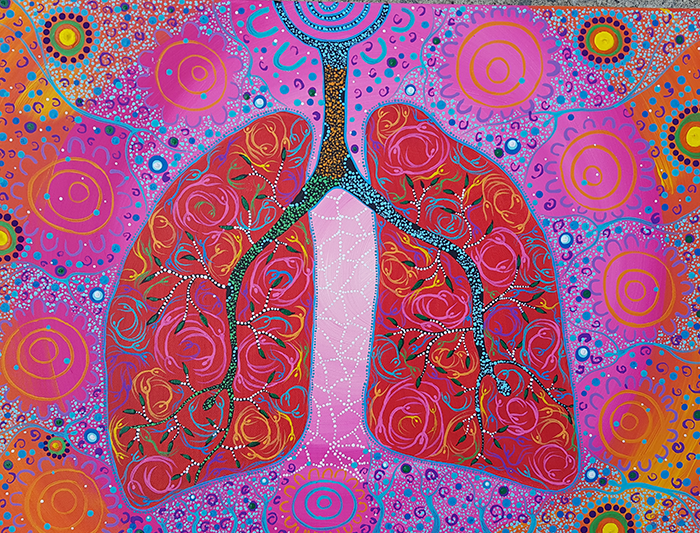Search
Children are being exposed to digital technologies at increasingly earlier ages.
Early childhood development occurs within the context of multiple environments, with a vast range of factors in these environments exerting influence on different aspects of a child’s development.
Research
Improving delivery of secondary prophylaxis for rheumatic heart diseaseContinued progress in controlling RHD requires an understanding of how to improve delivery of regular injections of penicillin - secondary prophylaxis (SP).

Inviting expressions of interest for the INSPIRE Consumer Reference Group (CRG) of WA – a group for the Aboriginal Children’s Excellent (ACE) Lung Health studies.
Research
Indigenous young people's resilience and wellbeingCarrington Shepherd PhD Honorary Research Associate Honorary Research Associate Areas of research expertise: Population health; Aboriginal and Torres
Research
Infant and Early Childhood SleepSelf-regulatory difficulties in infants (difficulty soothing and sleeping) tells us that the infant may be at risk of developing a range of physical and mental health difficulties in later life.
We tested the hypothesis that treatment of CF epithelial cells with ivacaftor (Iva) or ivacaftor/lumacaftor (Iva/Lum) would improve control of rhinovirus infection.

Healthy lungs help you to breathe better. This means you can sleep better, as well as play sports, run and walk without being short winded.
Research
Mitochondrial Gene TherapyAleksandra Filipovska BSc PhD Louis Landau Chair in Child Health Research; NHMRC Leadership Fellow; Deputy Director, ARC Centre of Excellence for
View the Ngulluk Moort, Ngulluk Boodja, Ngulluk Wirin (Our Family, Our Country, Our Spirit) Out-of-Home Care Study resources.
